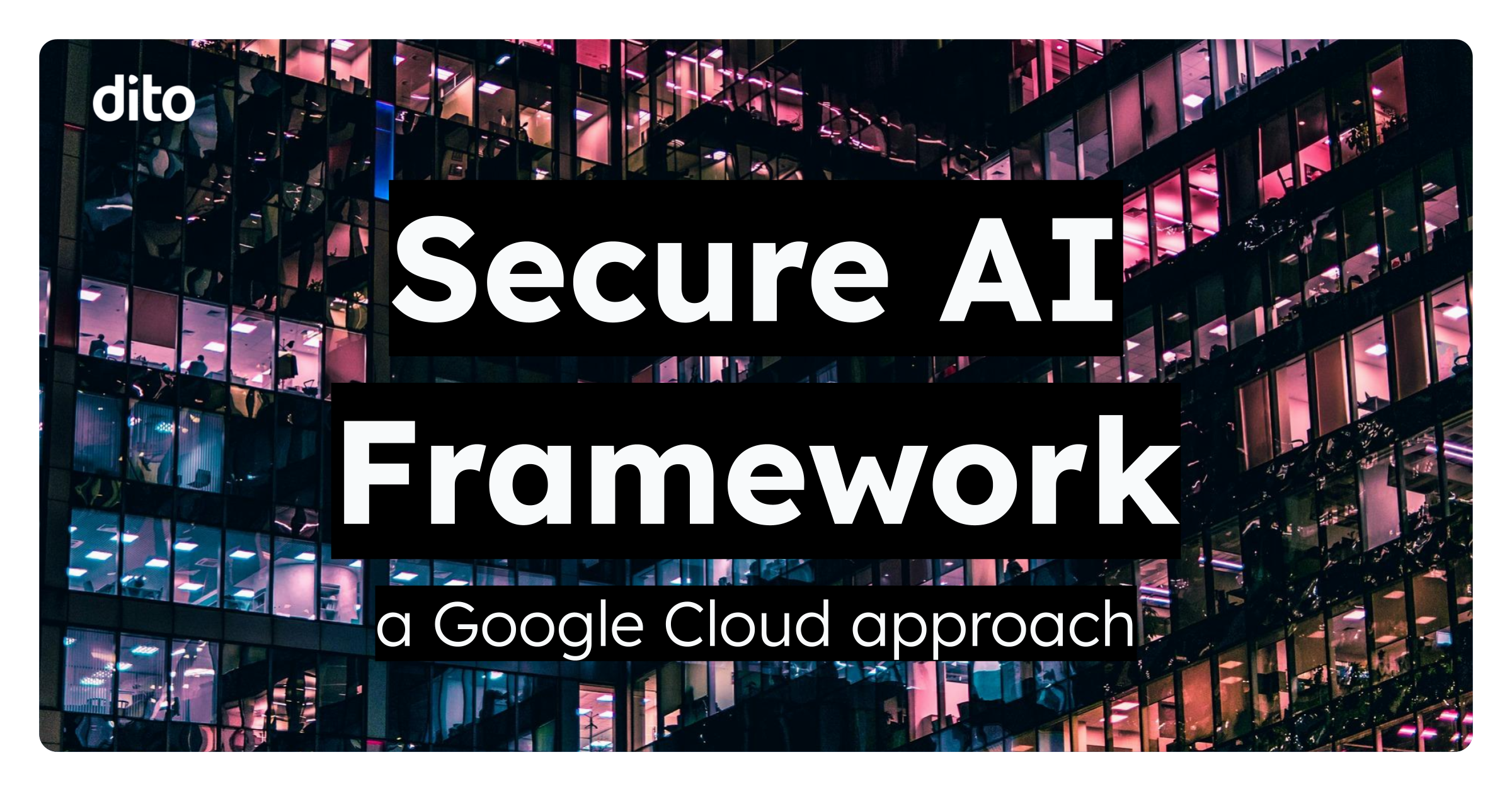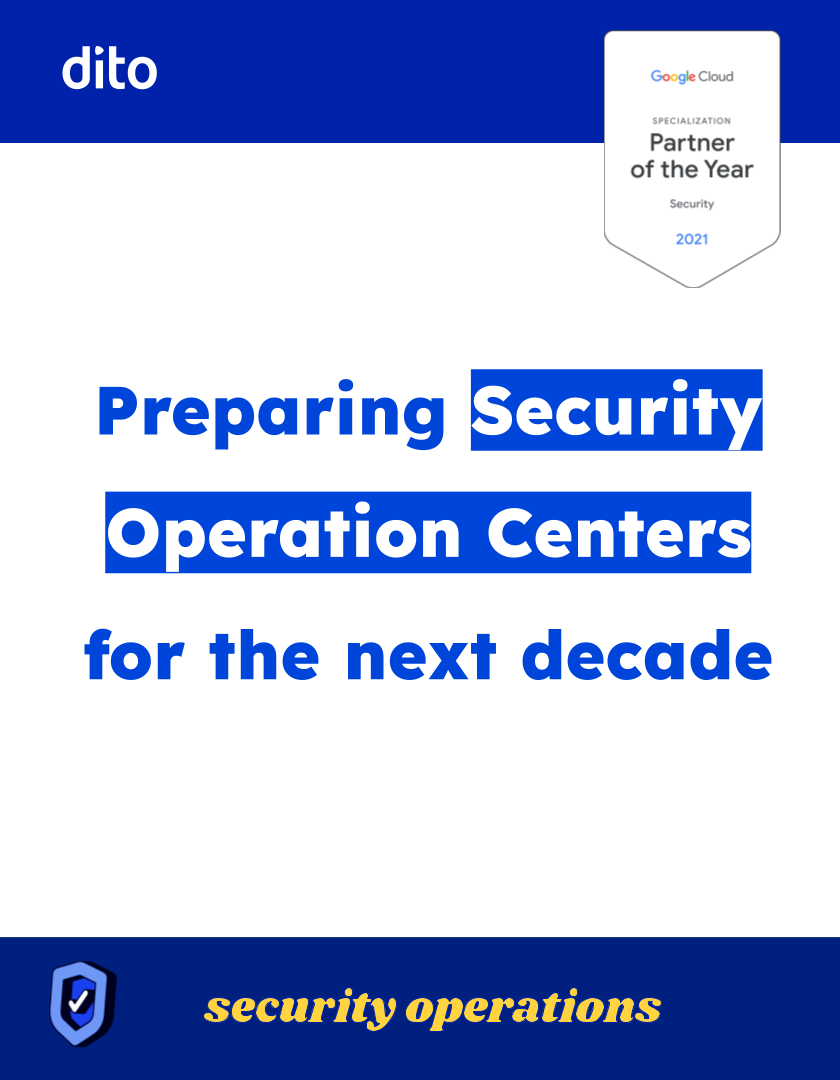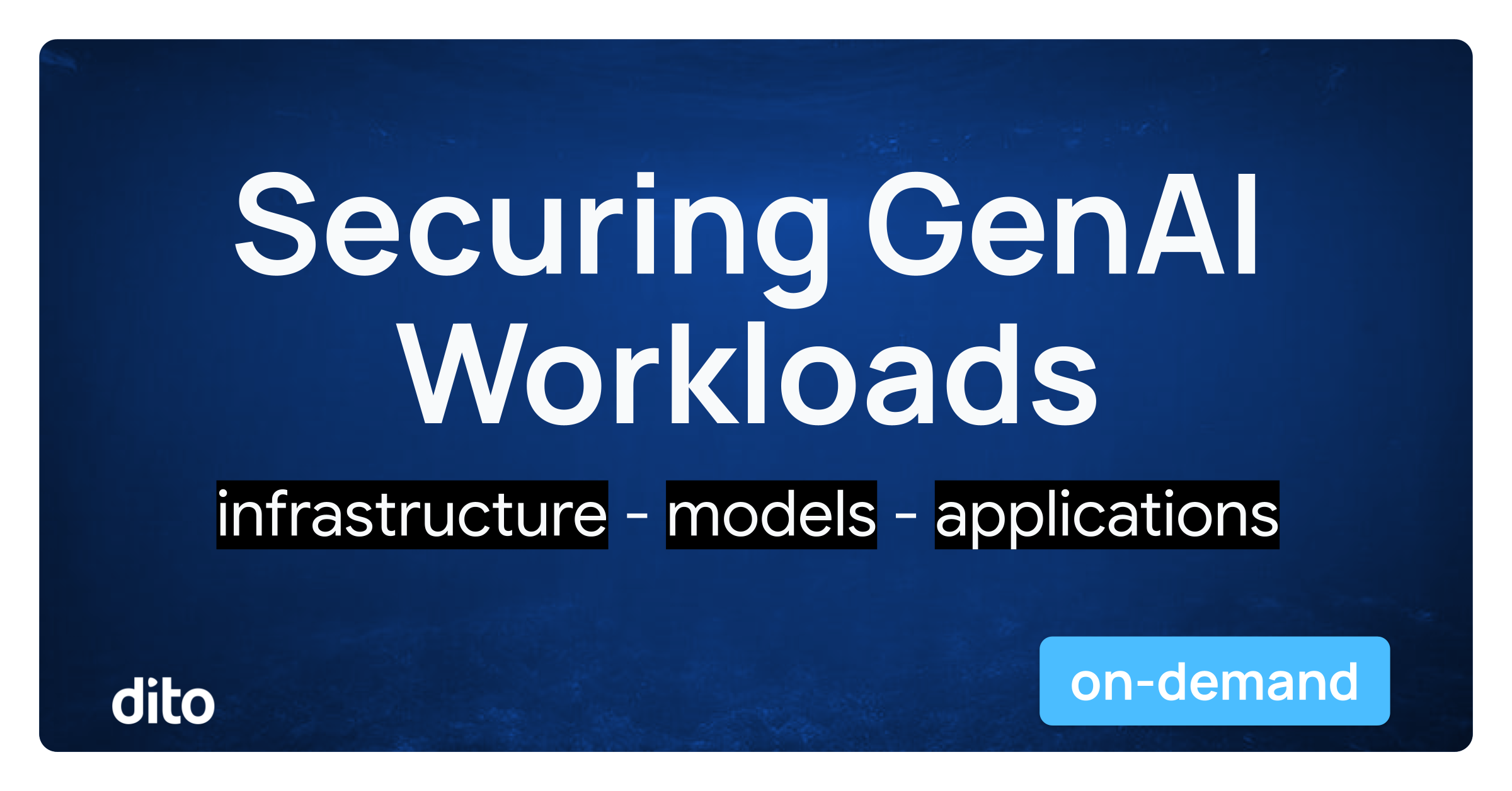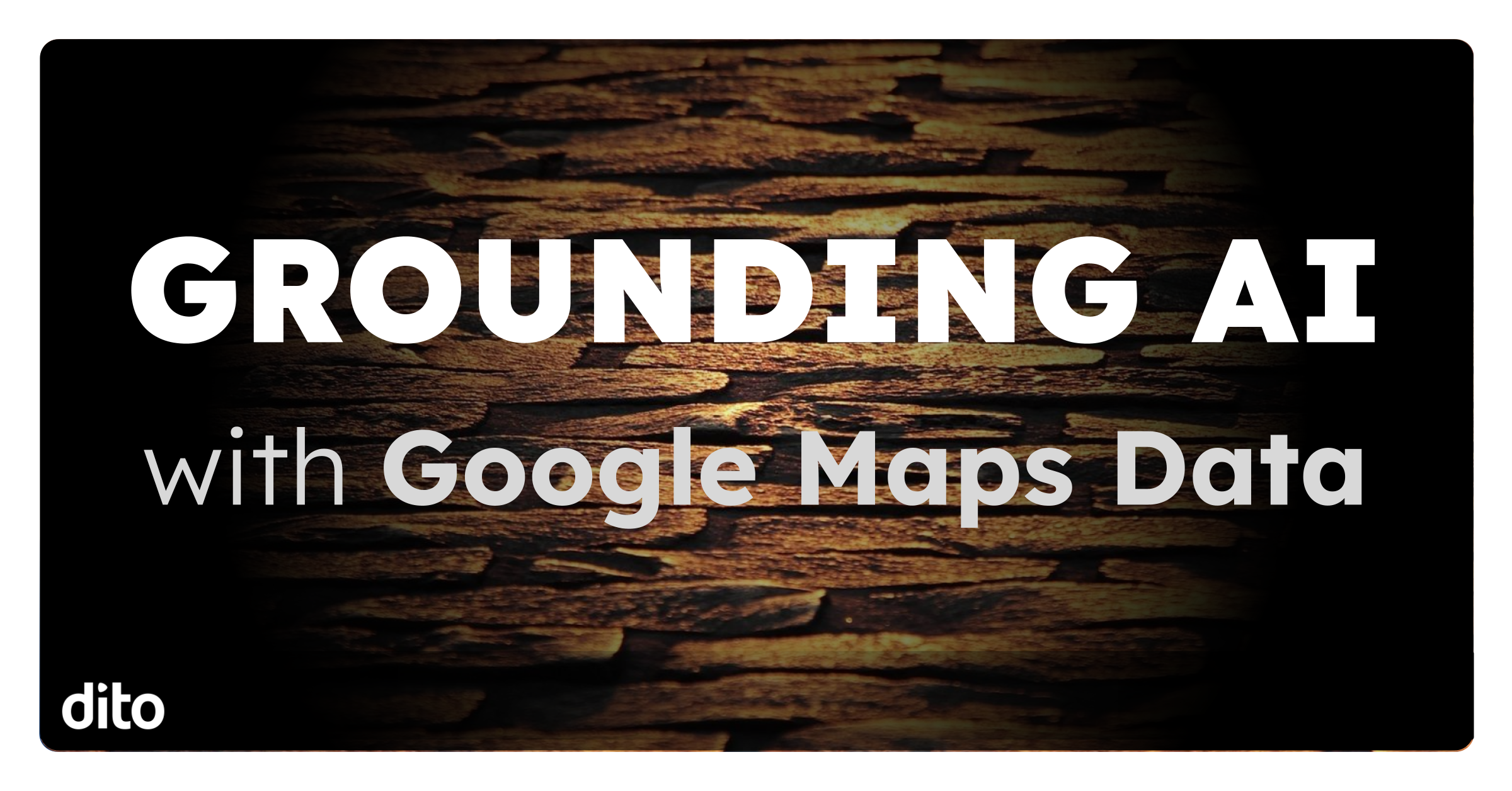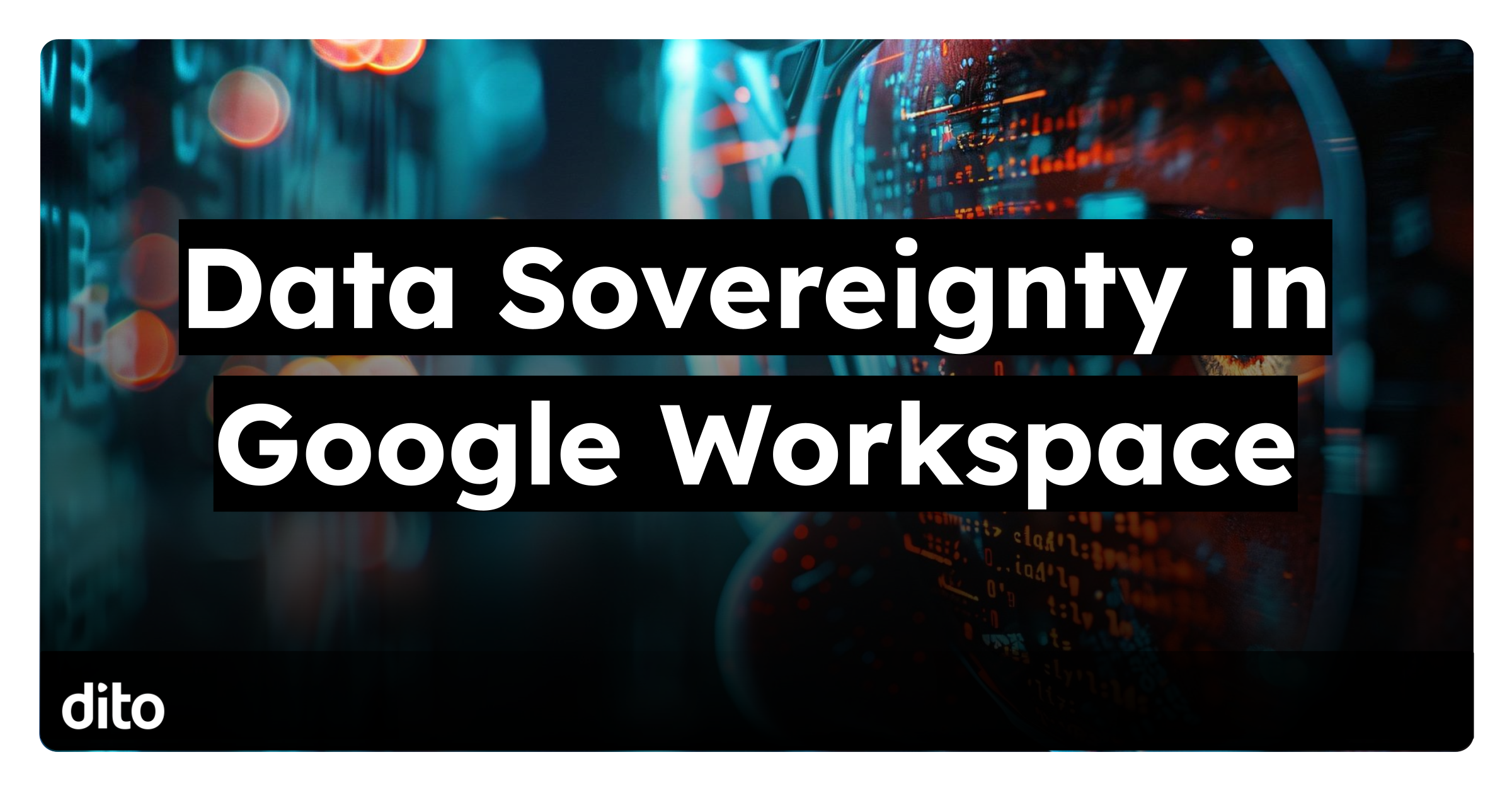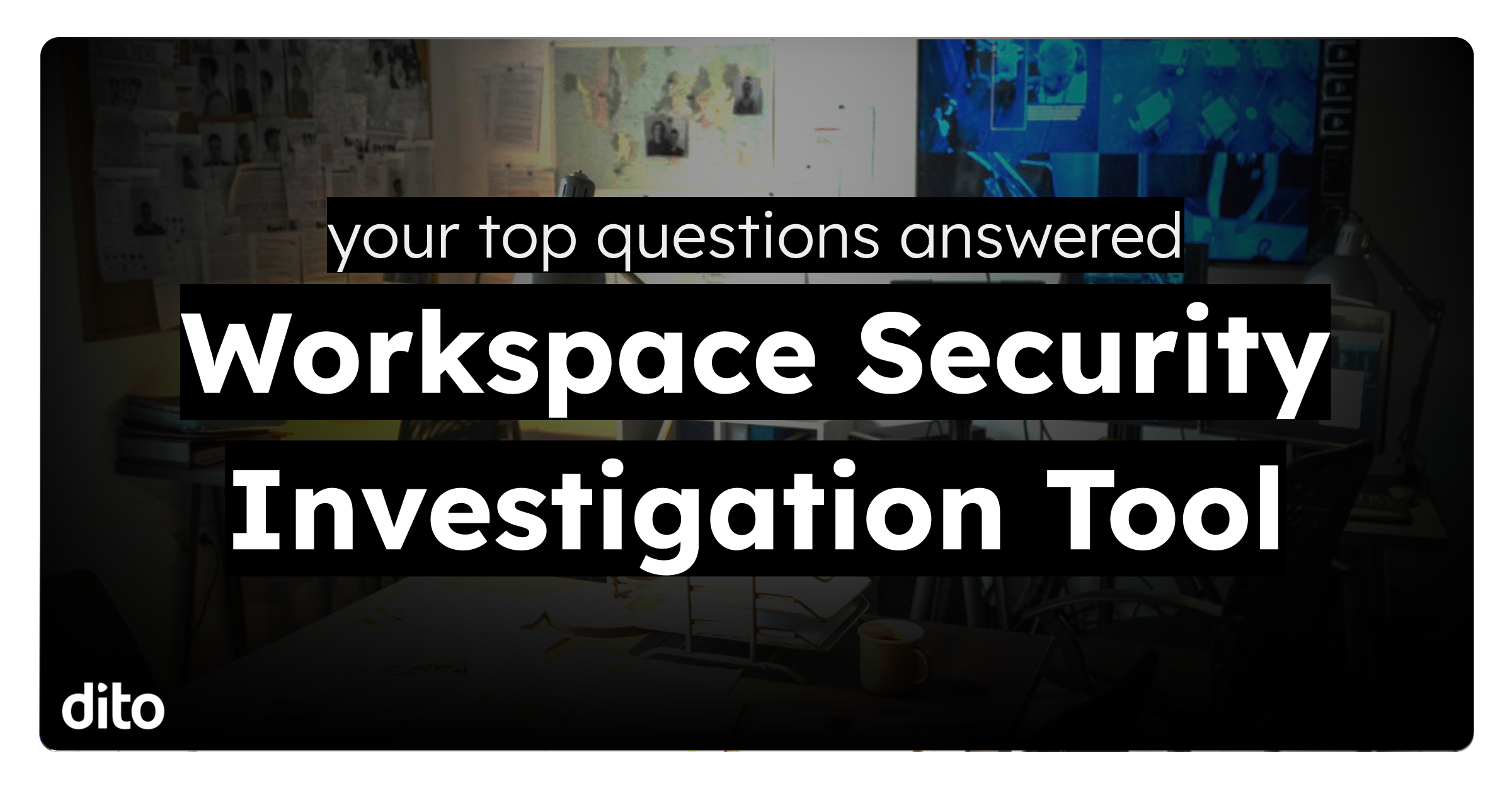As AI systems become increasingly integrated into business operations, they introduce new security challenges that extend beyond the traditional cybersecurity concerns. To address these emerging risks, Google has developed the Secure AI Framework (SAIF), a conceptual framework and comprehensive approach to securing AI systems in enterprise environments, which is outlined below.
Understanding SAIF
The Secure AI Framework (pdf summary) is a conceptual model designed to help organizations protect their AI systems from unauthorized access, use, modification, or disclosure. SAIF encompasses elements of software security, data security, and data governance, providing a holistic approach to AI security.
At its core, SAIF consists of six key elements:
- Expanding strong security foundations to the AI ecosystem.
- Extending detection and response to include AI in the threat model.
- Automating defenses to keep pace with evolving threats.
- Harmonizing platform-level controls for consistent security.
- Adapting controls to create faster feedback loops for AI deployment.
- Contextualizing AI system risks within surrounding business processes.
SAIF builds upon traditional security practices while addressing the unique challenges posed by AI systems.
The Importance of SAIF
AI systems introduce several unique security risks that differ from traditional systems:
- Complexity: AI systems often comprise multiple components, including machine learning models, data pipelines, and software applications, making them more challenging to secure.
- Data-driven nature: AI systems rely heavily on data for training and operation, creating potential vulnerabilities through data manipulation.
- Adaptability: The learning and adaptive capabilities of AI systems make them more difficult to defend against evolving attack techniques.
- Interconnectedness: AI systems are often connected to various internal and external systems, potentially creating new attack vectors.
Despite these differences, many security principles remain consistent between AI and traditional systems. Both require protection against unauthorized access, data breaches, and supply chain attacks. Moreover, both AI and non-AI systems process sensitive data and are susceptible to common application security vulnerabilities.
Implementing SAIF
We recommend working with a qualified partner to effectively implement SAIF in your organization, following these key steps:
Step 1: Understanding AI use cases in your organization
Begin by thoroughly assessing how AI is being used or planned within your company. This understanding will drive the policies, protocols, and controls needed to implement SAIF effectively. Consider factors such as data sensitivity, user interaction, internal vs external exposure, and potential impact on business operations.
Step 2: Assembling the right team
AI systems can touch many parts of the business, and therefore AI security requires a multidisciplinary approach. Assemble a cross-functional team – from line of business stakeholders and operations to data teams, and of course, cybersecurity, legal and compliance – depending on the use case. This diverse team ensures that security, privacy, risk, and compliance considerations are integrated from the start.
Step 3: Conducting an AI security primer
Ensure all team members understand the basics of AI/ML, including LLMs, methodologies, capabilities, and limitations. This knowledge will enable non-technical stakeholders to accurately assess risks and required controls.
Step 4: Applying the six core elements of SAIF
This section will outline the six core elements of SAIF (per Google Cloud best practices), providing practical steps for implementation.
Google Security Operations as part of a SAIF Implementation
Google Security Operations (formerly Chronicle) offers a modern, cloud-native security operations platform that aligns perfectly with SAIF implementation. Its unified SIEM, SOAR, and Threat Intelligence capabilities provide the necessary tools to:
- Monitor and detect AI-specific threats across your organization
- Automate response processes for AI-related security incidents
- Gain insights into emerging AI threats through advanced threat intelligence
- Streamline security operations to keep pace with the rapid evolution of AI technologies
Additionally, Google offers implementation support, training, and managed security services to ensure your team is equipped to handle the unique challenges of AI security.
Conclusion
As AI becomes increasingly integral to business operations, securing these systems is paramount. The Secure AI Framework provides a comprehensive approach to addressing the unique security challenges posed by AI while building upon established security best practices.
By implementing SAIF with the support of Google Security Operations, CISOs and cybersecurity professionals can more confidently navigate the complexities of AI security with a proactive and structured approach to security, helping to embrace the full potential of AI while mitigating associated risks.
